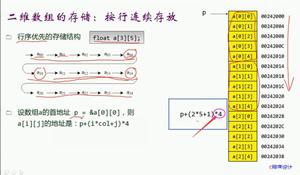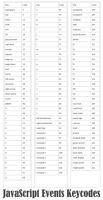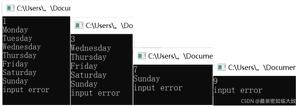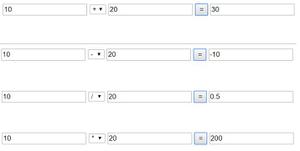在C ++中计算范围内的素数
给出了范围变量START和END。目的是找到在[START,END]范围内的质数计数。
我们将检查范围内的数字i是否为质数,方法是检查除1以外的任何数字是否将其整除并在1与i / 2之间。如果是素数。增量计数。
让我们通过示例来理解。
输入值
Start=1 End=20
输出结果
范围内的质数: 8
说明
Primes between 1 and 20 are: 2,3,5,7,11,13,17,19.
输入值
Start=100 End=200
输出结果
范围内的质数: 21
说明
Primes between 100 and 200 are: 101 103 107 109 113 127 131 137 139 149 151 157 163 167 173 179 181 191 193 197 199
以下程序中使用的方法如下
我们将范围变量作为START和END。
函数countPrimes(int strt,int end)返回范围内的质数。
将初始变量计数设为0。
使用for循环从i = strt到i <= end遍历
取每个数字i并使用isprime(i)检查它是否为质数。
如果数字不是素数,函数isprime(int num)将返回0,如果是素数则返回1。
循环结束后,返回count作为结果。
示例
#include <bits/stdc++.h>using namespace std;
int isprime(int num){
if (num <= 1)
return 0;
for (int i = 2; i <= num/2; i++){
if (num % i == 0)
{ return 0; }
}
return 1; //if both failed then num is prime
}
int countPrimes(int strt,int end){
int count=0;
for(int i=strt;i<=end;i++){
if(isprime(i)==1)
{ count++; }
}
return count;
}
int main(){
int START=10, END=20;
cout <<endl<<"范围内的质数: "<<countPrimes(START,END);
return 0;
}
输出结果
如果我们运行上面的代码,它将生成以下输出-
范围内的质数: 4
以上是 在C ++中计算范围内的素数 的全部内容, 来源链接: utcz.com/z/317055.html









